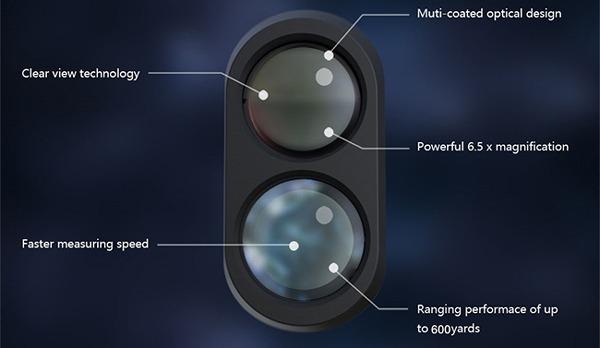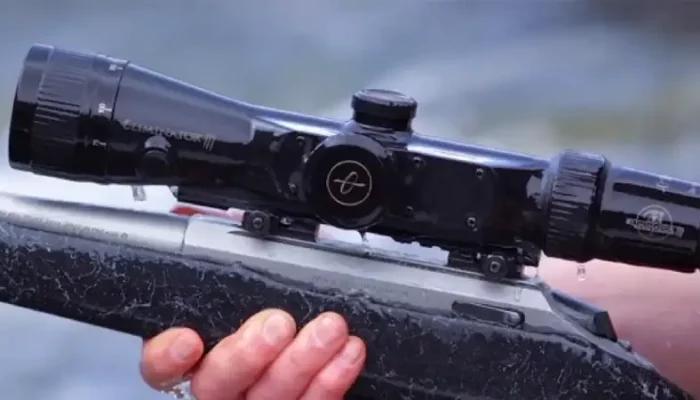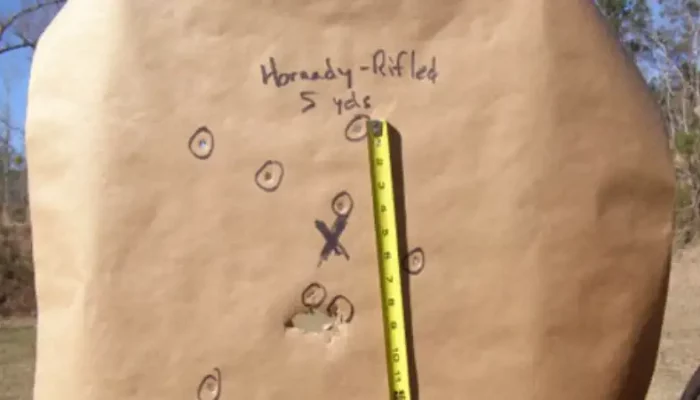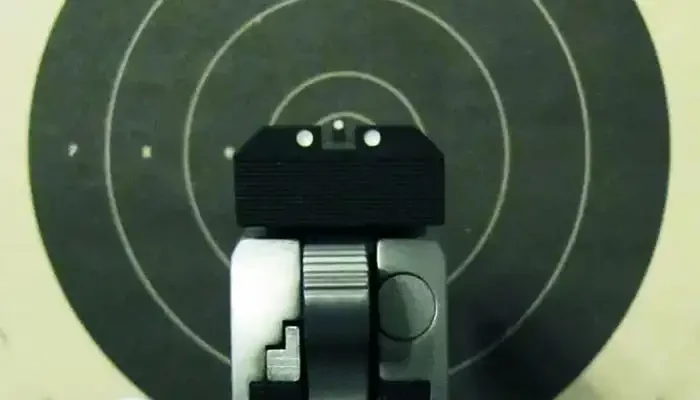Rangefinders are neat little products that help you in hunting. Some of them are so small they fit inside your palm. Understandably, you have the thought inside your mind about how they work. Especially the laser rangefinders. Today we are going to answer how does a laser rangefinder work.
The answer is pretty simple.
How Does A Laser Rangefinder Work?

They work a lot like your traditional rangefinders. The basic concept is when you press the button it fires a laser light, a light that hits the target and returns to the rangefinder.
A super high-speed clock inside the rangefinder keeps track of the time.
From the moment you press the button, the clock starts. The rangefinder can simply use that time. Measure and calculate the distance it traveled. That distance is displayed to the user.
However, ranging performance depends on many factors. Below we are going to mention some of those factors.
Ability To Spot The Target
This means good optics with high magnifications. You simply can’t hope to spot a target over 1000 yards with a 5x magnification zoom rangefinder.
That’s why you should always opt for a rangefinder that is going to satisfy your needs.
If you want a mid-range hunting companion go for any 5-8x zoom you want. But make sure the optics have anti-glare and other coatings on them.
Ability To Hit The Target With Laser Technology
If your laser rangefinder has an underpowered laser you simply can’t hit the target. Resulting in distance miscalculation and missed shot.
Now nobody wants that. To prevent that you should always look for a rangefinder that guarantees to hit the range you desire.
For example, if you are a bow hunter you simply don’t need more than 300 yards of range. You can for any medium-ranged laser rangefinders for bows. Some modern night vision riflescope features a built-in smart rangefinder.
They work like a laser rangefinder too, you need to hit the laser on top of the target then at the bottom, the smart processor is going to calculate the distance between you and the target.
Do you see the catch here? They are smart which means they are powerful. If your laser fails to hit the target then it going to either take a longer time to return or shorter. Either way, you are getting the wrong distance.
Receiver Aperture Size
Some of you may think why would the receiver aperture size matter? To answer you guys the larger your aperture is the more data it can capture when the signal returns. The more data you receive the better calculation the rangefinder can make. You will get accurate distance data.
How Does The Rangefinder Analyze the Result?
A rangefinder can interpret the results they receive in many ways. Some are smarter than others. Older rangefinders display the first reading they receive. While modern rangefinders with multi-pulse technology.
The way it works is, that the approach emits a burst of hundreds even thousands of smaller laser pulses. It happens in an extremely short time.
The unit then receives those signals and analyzes them, ignoring fog, brush, etc, and determines the accurate range. The logic and algorithm behind this process play a large role in how the rangefinder going to perform.
Conclusion
Based on these aspects your laser rangefinder can perform excellently or just fail miserably. That’s exactly why you should research about your desired rangefinder beforehand.
Hi, I’m Brent Hansford. A writer turned hunter & now sharing my love for the sport through writing. As I practically breathe weapons, I firmly believe I’m capable of providing you with new knowledge about firearms and hunting. My mission is to help more people get better at hunting & master the weapons. Let me help with unleashing the beast within you!



